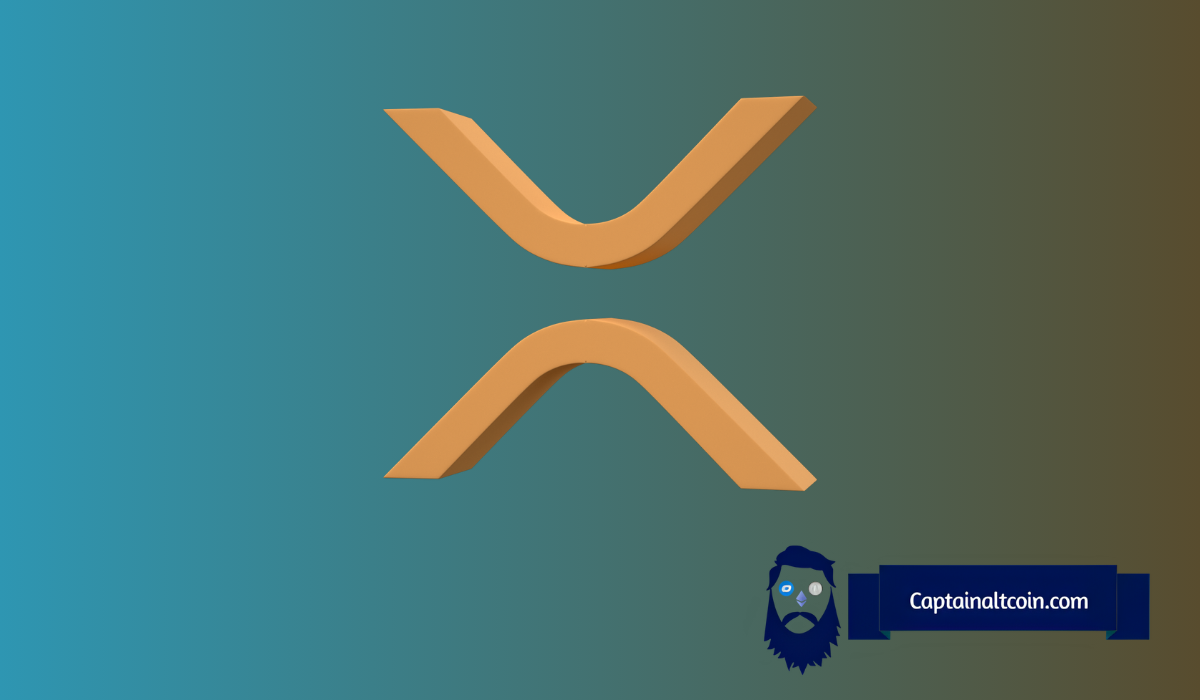
For years, people have asked one big question about Ripple (XRP): could it actually power central bank digital currencies, or CBDCs, around the world? It’s an idea that sounds ambitious, maybe even too bold to be true. But recent updates from the European Central Bank (ECB) and a new analysis from YouTuber AllinCrypto suggest it’s worth taking another look.
AllinCrypto breaks down what many still confuse; the difference between retail and wholesale CBDCs. Retail CBDCs, like the European Union’s upcoming digital euro, are meant for everyday use by the public.
According to European Central Bank president Christine Lagarde, this version of the digital euro won’t use blockchain at all. Instead, it will function like a digital form of cash managed by the ECB, similar to Visa or Mastercard but controlled directly by the central bank.
AllinCrypto points out that this kind of CBDC is built on “agnostic” technology, meaning it’s not tied to any public blockchain such as the XRP Ledger. In other words, Ripple won’t power the digital euro. That’s the short answer. but the longer story is much more interesting.
What you'll learn 👉
Ripple’s Role in Wholesale CBDC Tests
AllinCrypto digs into an official ECB document called Annex 2, which outlines how distributed ledger technologies (DLTs) like the XRP Ledger could support wholesale CBDCs. These are the systems banks use to move money among themselves, the big, behind-the-scenes transfers that keep the global economy running.
According to the report, the Bank of France and several other European central banks, including Germany and Italy, have been running experiments using Ripple’s technology. Ripple is mentioned as a possible model for CBDCs because it operates as a permissioned network: only authorized institutions can validate transactions. That makes it more controlled and compliant than fully public blockchains like Bitcoin or Ethereum.
One project highlighted in the report involves a platform called Axology, which uses open-source XRP Ledger code to build a private, permissioned system for trading tokenized assets. This setup supports instant transactions and includes compliance features like KYC and anti-fraud checks. AllinCrypto explains that this example shows exactly how XRP’s technology could support wholesale CBDC settlements between major financial institutions.
Ripple (XRP) and the Global CBDC Race
While Europe focuses on the digital euro, central banks across the world are also exploring CBDCs. AllinCrypto notes that countries like Australia and the UK are testing distributed ledger systems too; sometimes using different networks, such as Hedera. The global goal seems to be finding the right balance between speed, security, and regulatory control.
In that mix, Ripple (XRP) continues to stand out. Its technology already connects over 50 countries through RippleNet, providing fast and low-cost transfers between banks. The XRP Ledger’s design makes it ideal for wholesale settlements, where speed and reliability matter far more than speculation.
However, AllinCrypto is careful to say that this doesn’t mean XRP will power every CBDC. Instead, it might act as the invisible bridge; helping central banks move money more efficiently behind the scenes, even if the retail currencies themselves don’t run directly on XRP.
What It Means for XRP’s Future
If Ripple keeps showing up in official central bank studies and test pilots, it could strengthen trust in its technology. Investors tend to notice when traditional finance starts experimenting with blockchain in real-world systems. Still, AllinCrypto warns against hype. Adoption matters more than speculation, and much depends on how regulators and banks decide to use DLTs in the coming years.
By the time the digital euro launches, possibly around 2029. the entire financial landscape could look very different. Stablecoins might be mainstream, and Ripple’s plan to launch its own regulated stablecoin, RLUSD, could position it well in Europe. The company’s push for an e-money license in Luxembourg also shows it’s serious about compliance under the EU’s MiCA regulations.
Read Also: How Much Will 12,483 $HBAR Be Worth By 2026? Hedera Price Prediction
So, Will Central Banks Use XRP?
Based on AllinCrypto’s breakdown, the answer is not yet, but maybe in part. Central banks probably won’t use XRP for public-facing retail CBDCs like the digital euro. But for wholesale CBDCs, where banks settle huge sums between themselves, Ripple’s technology is already being tested and discussed at the highest levels.
That’s the twist. Ripple may not power the money you and I use every day, but it could help power the system that moves it behind the curtain. And that kind of quiet influence could make XRP one of the most important pieces of financial infrastructure in the decade ahead.
Subscribe to our YouTube channel for daily crypto updates, market insights, and expert analysis.








